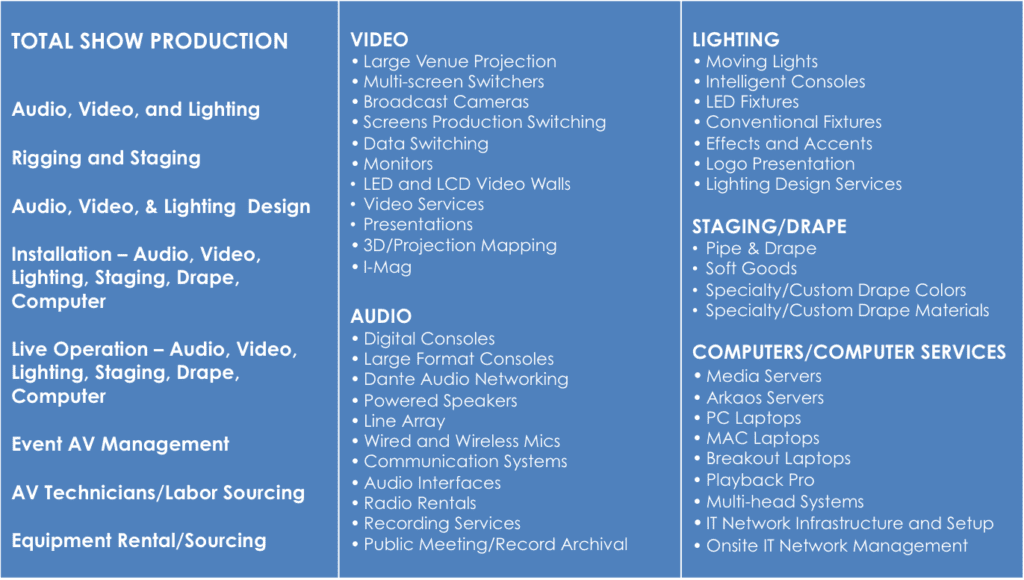Investigating the Evolution of Electronic Signage Tech and Its Impact on Installation Methods
Wiki Article
Digital signage technology has come a long way since its beginning. At first, displays were static and required hands-on updates, which could be time-consuming and challenging. With the progress of innovation, digital signage has developed into a dynamic and interactive platform. Today, screens can exhibit lively graphics, videos, and live data, making them more captivating for viewers. This evolution has not only altered how information is presented but has also revolutionized the way companies and organizations interact with their customers.

One of the crucial developments in digital signage solutions is the use of HD displays. These displays offer better clarity and color precision, which enhances the overall viewing encounter. Additionally, the introduction of LED and liquid crystal display technology has made it feasible to produce thinner and more lightweight screens. This has enabled for more versatile installation choices, such as wall mounting, suspending, or even independent displays. As a consequence, companies can choose the most suitable configuration that fits their environment and customer requirements, making digital signage a adaptable answer for various environments.
Another notable advancement is the integration of media management systems (CMS). These platforms enable users to easily create, plan, and manage content across various screens from a unified interface. This capability is particularly beneficial for companies with multiple sites, as it ensures uniform messaging and branding. Furthermore, many CMS systems offer cloud-based solutions, allowing off-site access and instant modifications. This means that businesses can quickly respond to changes in data or promotions, maintaining their content current and pertinent.
The effect of digital signage solutions on setup practices cannot be ignored. With the growth of interactive screens and touchscreens, setup has become more complicated. Technicians must now consider factors such as cabling, networking, and user engagement. Additionally, the requirement for appropriate mounting and positioning is essential to guarantee maximum visibility and accessibility. As a consequence, expert setup digital signage for community engagement services have become increasingly essential, as they offer expertise in both technology and aesthetics to create effective digital signage solutions.
In summary, the evolution of digital signage technology has profoundly impacted installation methods and the way data is shared. With advancements in screen technology, media administration systems, and setup techniques, companies can create engaging and effective signage that grabs the focus of their audience. As digital signage continues to grow and evolve, it will certainly play a crucial role in defining the prospects of communication in various industries.